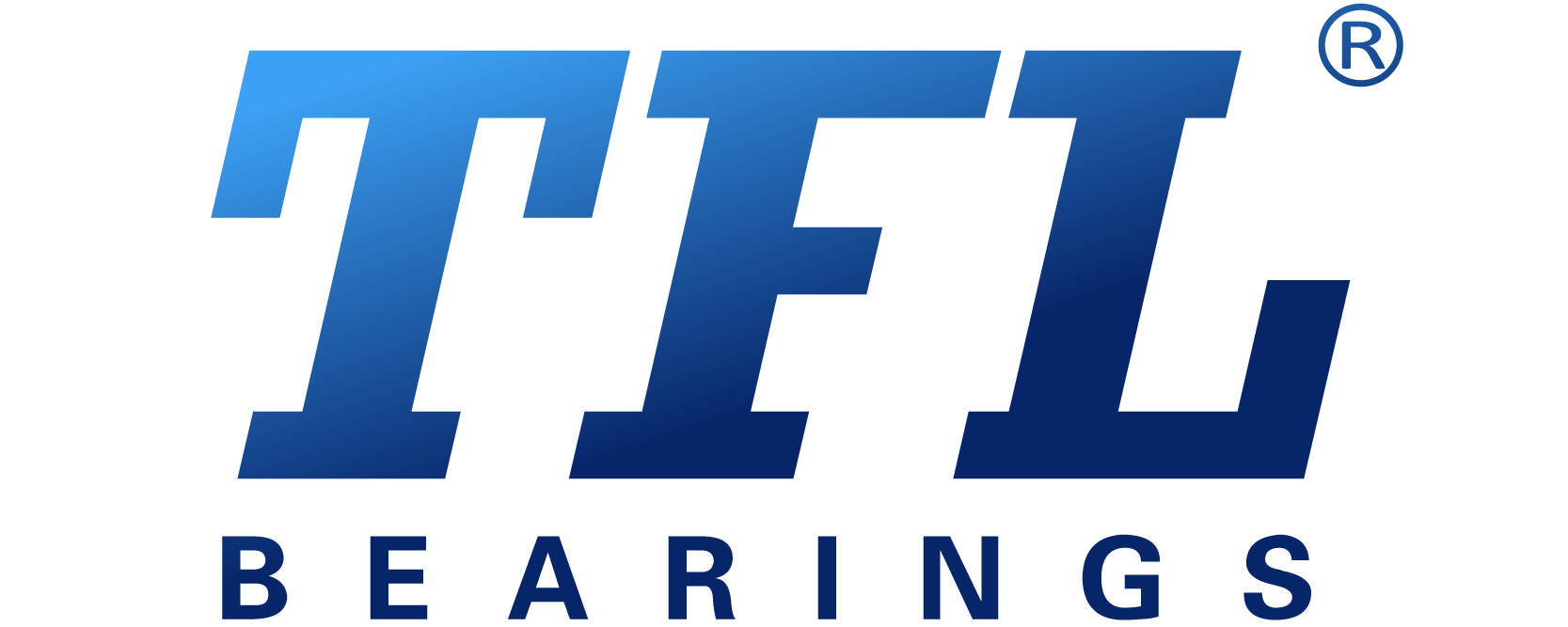Interpret the application fields and requirements of bearings in detail
TFL-Bearing provides bearing products for various customers, covering multiple industrial applications. TFL products and solutions are everywhere-even in the harshest conditions. Our high-precision rolling bearings are used in wind turbines and machine tools, our linear parts are used in production lines, and our auto parts are installed in vehicles by almost all well-known car manufacturers. No matter which industry you serve, we can provide a comprehensive solution-from product training to sales support to engineering resources.
Bearings can be seen everywhere in our lives and work, such as household appliances, garden tools, and transportation. For different application scenarios, other bearings assume different roles.
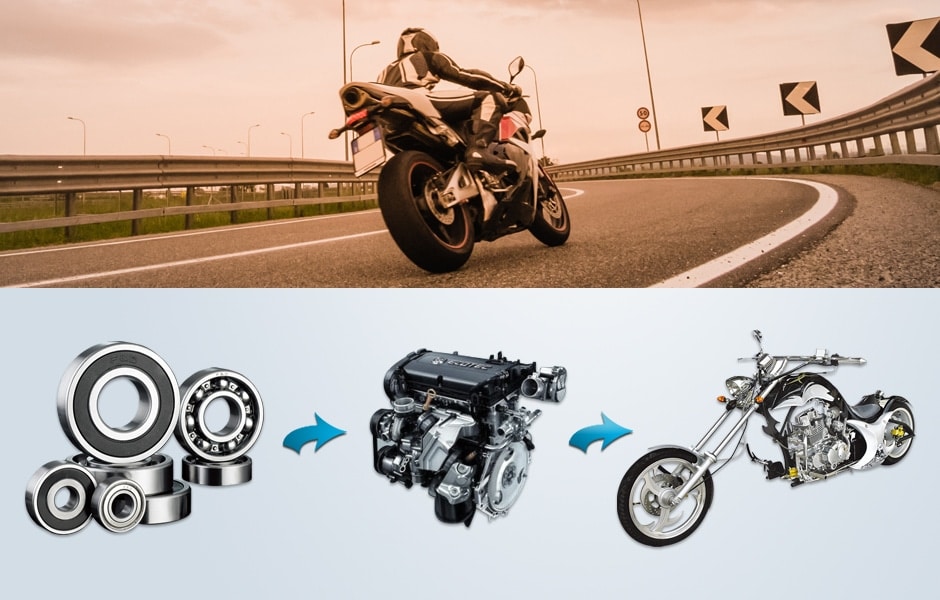
The commonly used bearings in motorcycles and automobiles are starter motor bearings, crankshaft bearings, gearbox bearings, and wheel hub bearings. According to the operating conditions of the starter motor, specific requirements are put forward for the bearing’s ability to withstand intermittent impact loads. At the same time, it must have good dust-proof performance and select a reasonable internal bearing clearance. The wheel hub bearing has a high speed, and a large force, which requires suitable grease, and the interior design of the license is relatively large, which puts forward higher requirements on the production of raw materials. The force and working conditions of automobile bearings are more complicated than those of motorcycles. For example, the direction of the automobile condensing fan motor should consider the continuous working condition of the engine under high-temperature conditions and so on.
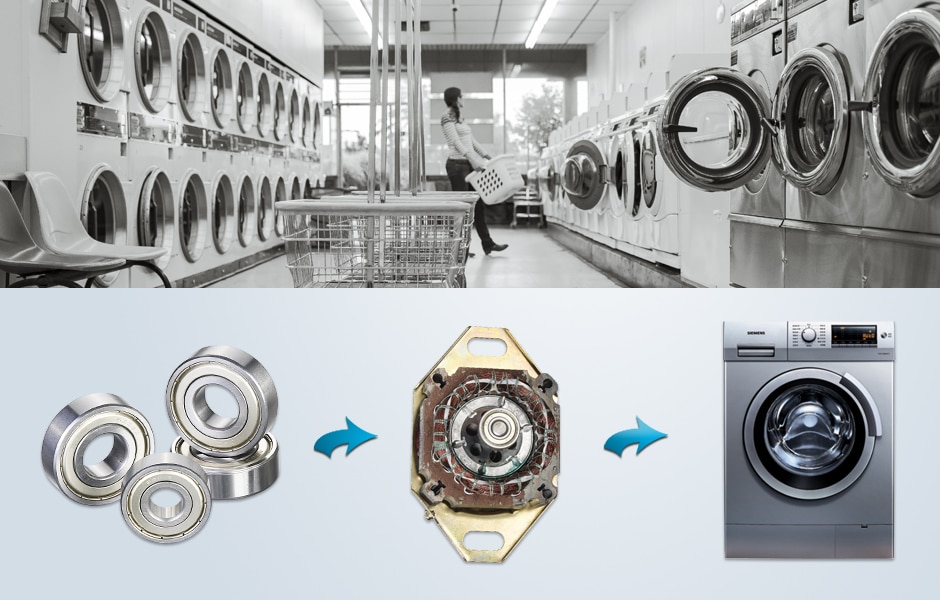
In garden tools represented by lawnmowers, gearboxes have extremely high requirements for the sealing of the bearings, neither allowing the grease in the box to penetrate the bearings nor leak the oil. Due to the higher pressure in the gearbox, the bearing must also have a particular pressure relief function.
In-office automation tools, the office environment requires bearings to have good features such as low noise, high-temperature resistance, and low starting torque. The copier also puts forward higher requirements on the electrical conductivity of the bearing. Because these bearings are usually miniature bearings, and most are thin-walled series. Some require flanged design; higher requirements are placed on the manufacturing process and equipment accuracy.
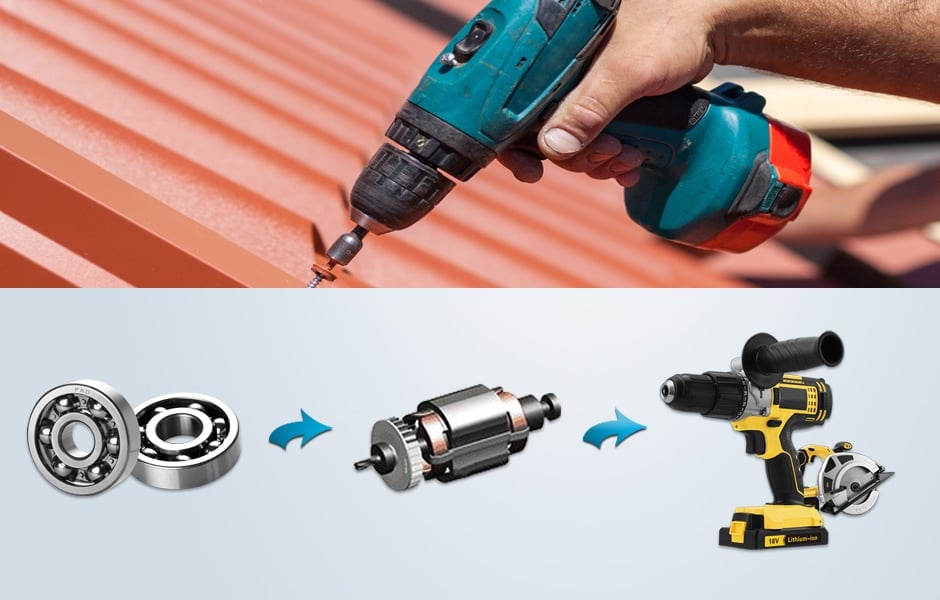
In medical equipment, low rotational torque, low noise, and good flexibility are the basic requirements for bearings, the safety characteristics of bearing materials, the safety characteristics of bearing grease, the anti-rust performance of bearings, and the service life of bearings are all under consideration, in the range.
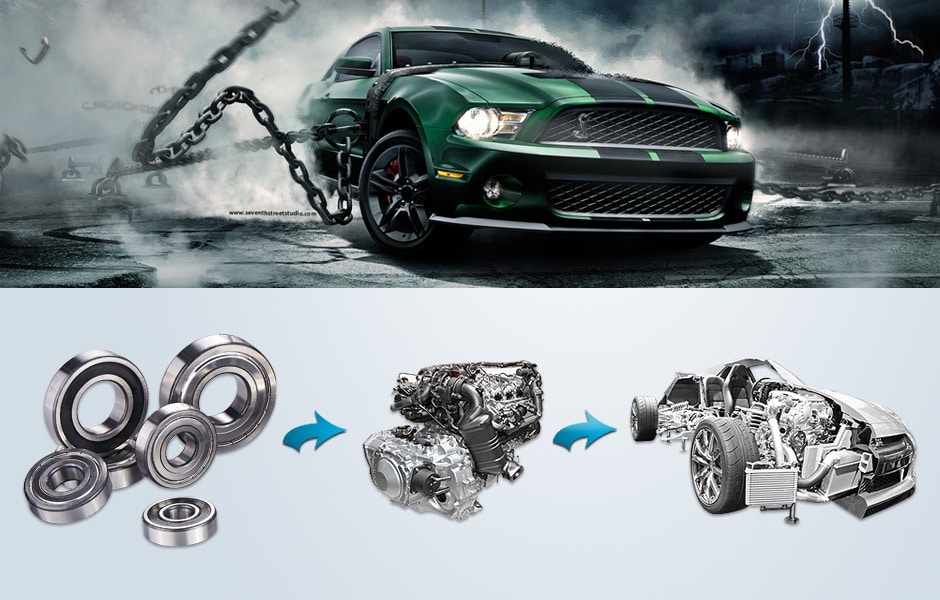
In addition to the industries mentioned above introduced by TFL BEARINGS, in industrial motors, the bearings used are usually required to withstand heavy loads, and the bearing environment is relatively harsh. Bearings in engines such as household appliances such as air conditioners and washing machines have stringent requirements for low noise and high rotation accuracy.
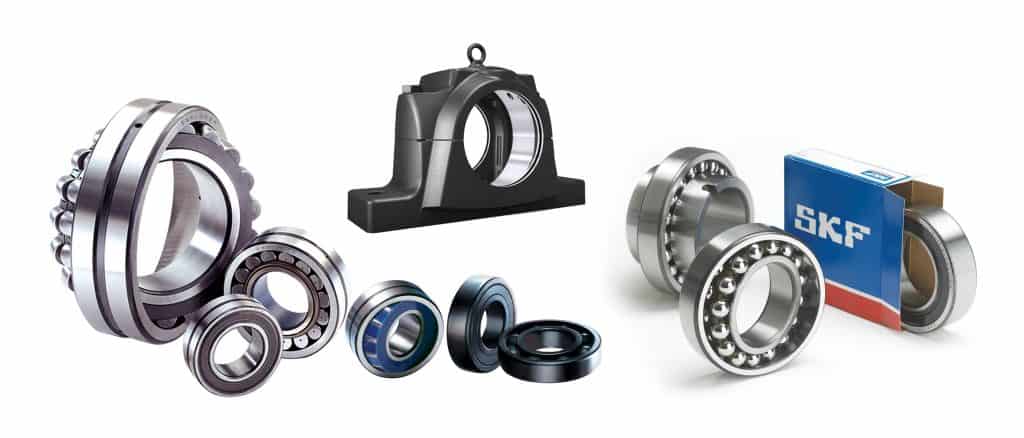
Sliding bearing
The sliding bearing has no inner and outer rings or rolling elements and is generally made of wear-resistant materials. Commonly used in low speed, light load, lubricating oil, and mechanical rotating parts that are difficult to maintain
articulated bearing
The sliding contact surface of the joint bearing is spherical, which is mainly suitable for swing motion, tilt motion, and rotation motion.
rolling bearing
According to the load direction or nominal contact angle, rolling bearings are divided into radial bearings and thrust bearings according to the load direction or slight contact angle they can bear. Radial contact bearings are radial bearings with a bit of contact angle of 0, and radial, angular contact bearings are radial bearings with a nominal contact angle greater than 0 to 45. Axial contact bearings are thrust bearings with a nominal contact angle of 90, and thrust angular contact bearings are thrust bearings with a nominal contact angle of more than 45 but less than 90.
The above is an introduction to the application fields and requirements of bearings. I believe it will be of some help to you. If you have better suggestions or needs, please email us.
